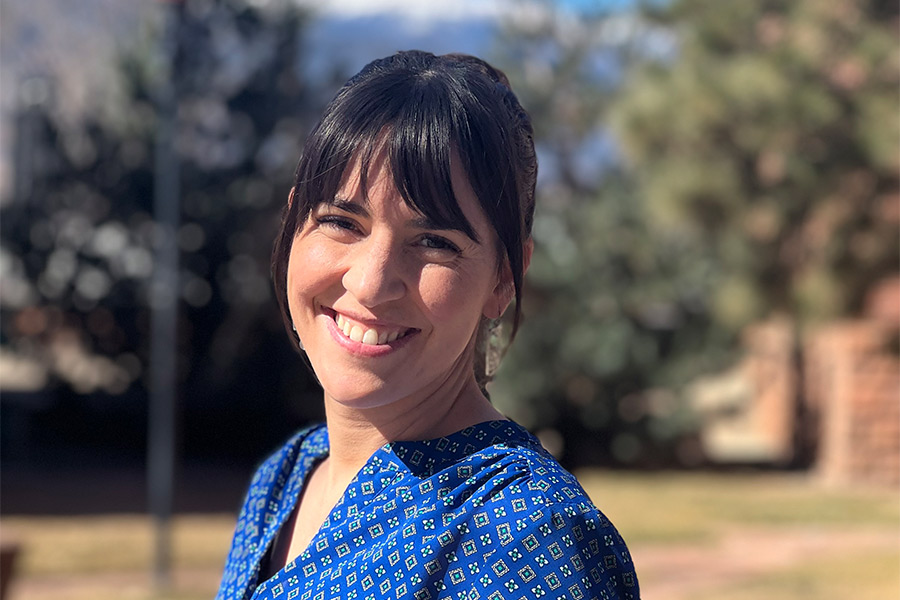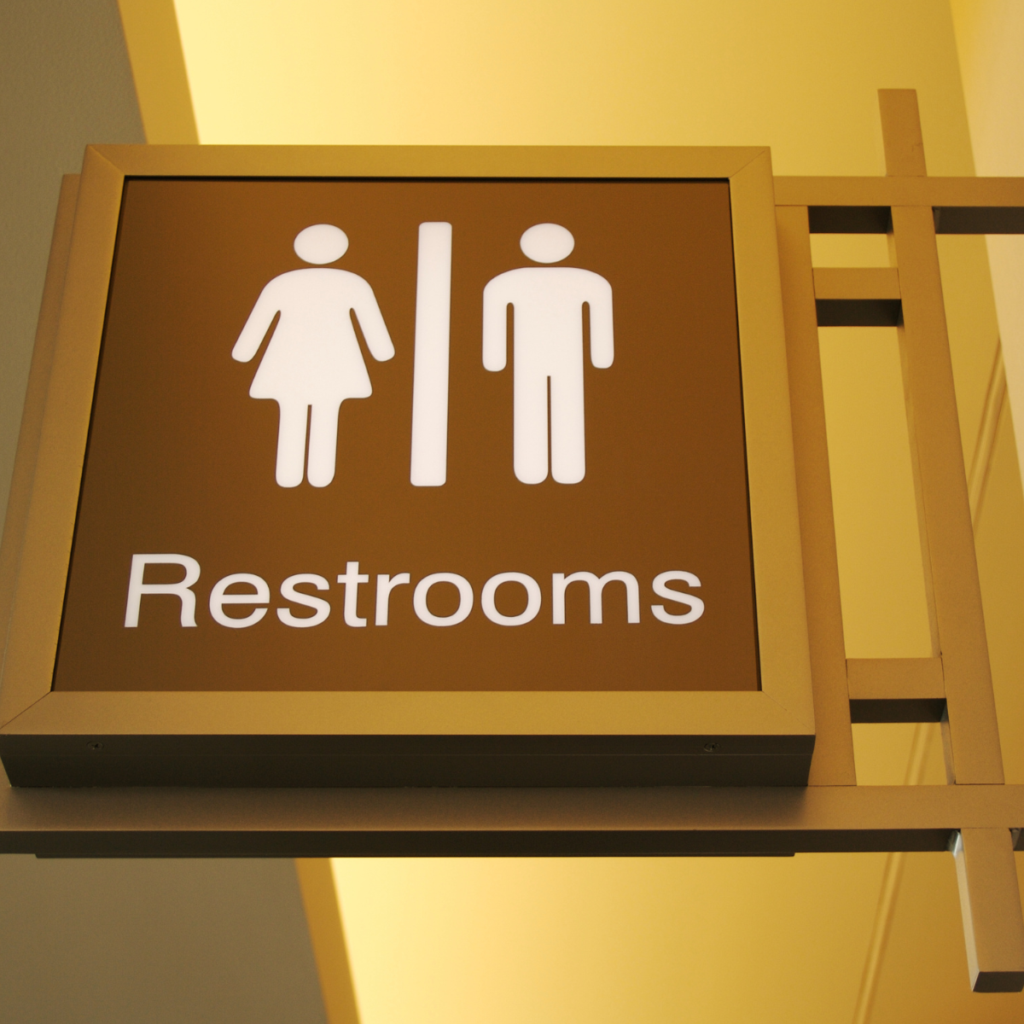October 2025
In Pennsylvania, state law mandates that schools must permit students to be dismissed for up to thirty-six (36) hours per school year for religious instruction. “Release-Time Programs” operate to provide religious instruction to students during the school day at off-site locations. This memorandum is provided to clarify frequently asked questions and common concerns that school districts have when working with release-time programs.
Q: Does the Establishment Clause prevent schools from permitting students to participate in release-time programs?
A: No. The U.S. Supreme Court upheld the constitutionality of release-time programs for religious instruction in Zorach v. Clauson, 343 U.S. 306 (1952). Not only does it not violate the Establishment Clause, but in Pennsylvania, statutory law requires that schools permit students to be excused from school during the school day, for up to 36 hours per school year to attend religious instruction. The absence for religious instruction shall be recorded as an excused absence. A penalty may not be attached to an absence for religious instruction. 24 P.S. § 15-1546; 22 Pa. Code § 11.21.
Because a school district does not fund or administer the program and does not coerce students into participation, it therefore remains neutral, and there is no Establishment Clause violation.
Q: Must a school district show complete indifference and have no cooperation with release-time programs to avoid the appearance of establishing religion?
A: No. The U.S. Supreme Court made clear that a school may “cooperate in a religious program to the extent of making it possible for students to participate in it.” Zorach, 343 U.S. at 313. It also explained that whether a school cooperates occasionally for one or a few students, or pursuant to a systematized program designed to further the religious needs of all the students, the school does not establish religion. Id.
The U.S. Supreme Court further held that:
When the state encourages religious instruction or cooperates with religious authorities by adjusting the schedule of public events to sectarian needs, it follows the best of our traditions. For it then respects the religious nature of our people and accommodates the public service to their spiritual needs. To hold that it may not would be to find in the Constitution a requirement that the government show a callous indifference to religious groups. That would be preferring those who believe in no religion over those who do believe. Id. at 314.
Q: How do “equal access” laws apply to release-time programs?
A: Release-time programs offer programs to students that are similar to any other community, non-school district-sponsored program. The same access or communication to students made for other community, non-school district-sponsored programs applies evenly to release-time programs. Most commonly, this is carried out in the distribution of materials, notifications of available programs (announcements, emails, websites, newsletters, etc.), and back-to-school events. Child Evangelism Fellowship of New Jersey Inc. v Stafford Township School District, 386 F.3d 514, 527 (3d Cir. 2004) (when a public school refuses to distribute fliers for a religious organization while readily distributing fliers from other groups, the school is engaging in impermissible “viewpoint-based religious discrimination”). The same principle applies to student distribution of materials to classmates. K.A. v. Pocono Mountain School District, 710 F.3d 99, 106 (3d. Cir. 2013).
A policy of equal access for religious speech conveys a message of neutrality rather than endorsement; if a State refused to treat religious groups like others, then it would demonstrate not neutrality but hostility toward religion. Bd. of Educ. of Westside Cmty. Sch. v. Mergens, 496 U.S. 226, 248 (1990).
Q: How can schools protect students’ First Amendment rights?
- Students may invite other students to the program verbally or through printed materials during non-instructional time, in compliance with school district policies regarding the distribution of materials.
- Students may read their Bibles and pray in school during recess, lunch hour, or other non-instructional time to the same extent that they may engage in nonreligious activities or speech.
- Students can express their religious beliefs during class or in assignments if the expression is relevant to the subject matter or meets the requirements of the assignment, and schools cannot prohibit the religious expression in class unless they have a legitimate educational purpose for doing so.
¹Rusk v. Crestview Local School District, 379 F.3d 418 (6th Cir. 2004) (A public school can lawfully hand out materials advertising events sponsored by religious organizations.);
Child Evangelism Fellowship of Maryland v. Montgomery County Public Schools, 373 F.3d 589, 594 (4th Cir. 2004) (A public school engaged in unconstitutional viewpoint discrimination where it improperly excluded private religious community groups from the school’s take-home flyer program.);
Child Evangelism Fellowship of Maryland, Inc. v. Montgomery County Public Schools, 457 F.3d 376 (4th Cir. 2006) (The school changed its previous unconstitutional policy but because the revised policy still excluded religious organizations, it was unconstitutional.);
Hills v. Scottsdale Unified School District, 329 F.3d 1044 (9th Cir. 2003), cert denied, 124 S. Ct. 1146 (2004) (The school violated the First Amendment by refusing to distribute materials advertising private religious community groups’ activities where it distributed or made available materials for private secular community groups.).
²Westfield High Sch. L.I.F.E. Club v. City of Westfield, 249 F. Supp.2d 98, 114 (D. Mass. 2003) (“It is now textbook law” that students carry rights of expression, including the right to distribute literature); K.A. v. Pocono Mountain School District, 710 F.3d 99, 106 (3d. Cir. 2013); Clark v. Dallas Indep. Sch. Dist., 806 F. Supp. 116, 119 (N.D. Tex. 1992) (“It is well settled that written expression is pure speech. . . . It is equally true that the guarantee of free speech encompasses the right to distribute written materials peacefully.”).
³Adler v. Duval Cnty. Sch. Bd., 206 F.3d 1070, 1082 (11th Cir. 2000); Chandler v. Siegelman, 230 F.3d 1313, 1317 (11th Cir. 2000); Jones v. Clear Creek Indep. Sch. Dist., 977 F.2d 963, 969 (5th Cir. 1992).
⁴Hazelwood Sch. Dist. v. Kuhlmeier, 484 U.S. 260, 273 (1988).
DISCLAIMER: The information contained in this document is general in nature and is not intended to provide, or be a substitute for, specific legal advice for your individual circumstances. The use of this document is not intended to constitute advertising or solicitation and does not create an attorney-client relationship with Independence Law Center. Each situation can be different. For additional questions, contact the Independence Law Center: https://independencelaw.org/request-help/




